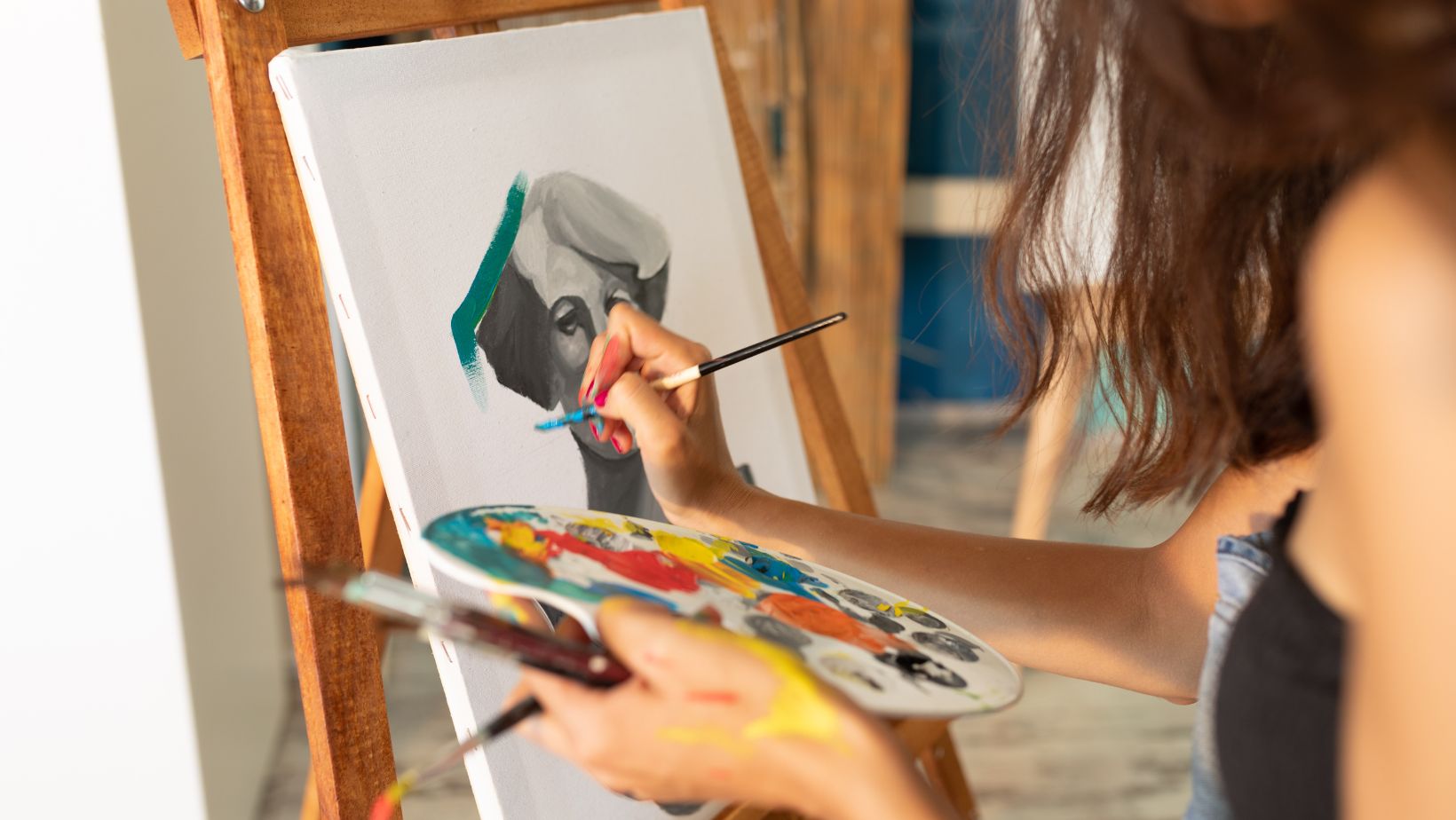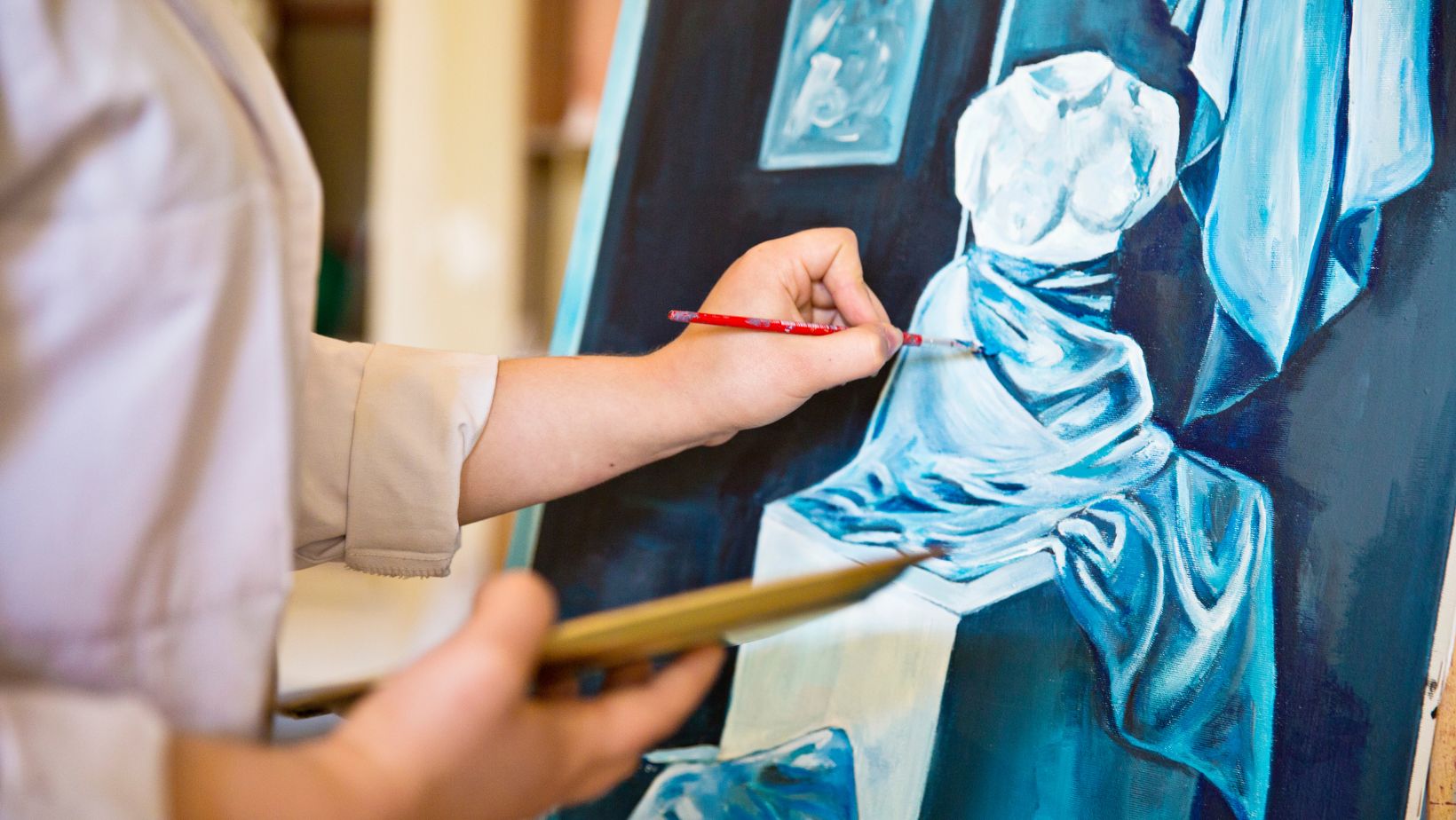Fine art photography is a specific genre where photographers use their creative capabilities at the maximal level when looking at the world through a lens. They push the boundaries, prioritizing their artistic intent over the accurate transmission of reality. What is considered fine art photography? These are photos where the artists show their personal interpretation of the moments they capture on camera.
This article defines fine art photography, delves into its main types, provides inspiring examples, and offers helpful tips to elevate your artistry.
Understanding Fine Art Photography
The fine art photography definition centers around the photographer’s creative vision prioritized over the documentation of reality. The goal remains the same as in traditional photography — to make viewers feel like they are a part of the scene. The main difference is that the scene in question does not have to be or even look real.
A person behind the camera can twist and reshape the picture within the frame. A carefully arranged composition is especially significant. Unlike commercial photography or photojournalism, it is a completely subjective genre. Develop a creative vision and focus on the story you would like to convey.
Here, you are allowed to trick and fool the audience. Objectivity is not a priority. The viewers’ feelings and emotions mean much more than what they actually see. The real-life objects are just instruments in the artistic arsenal, and the emotional factor is definitive.
Types of Fine Art Photography
Abstract
Abstract photography focuses on shapes, colors, and forms. These images are open for interpretation. They invite the public to see the extraordinary sides of ordinary things. Fine art photography examples in this category might include close-up shots of textures or patterns.
These patterns can be found in nature or digitally manipulated with photo editing software to challenge the public’s perception.

For instance, you can apply a certain filter to a close-up image of tree bark, creating fluid, wave-like patterns that transform the texture into an abstract work of art. Play with color adjustments, hues, and saturation. Unlike traditional photography, you are not limited to an idea of a natural and realistic look; the more surreal the final picture is, the better.
Portrait
Fine art portraits do not just represent a person; they represent this person’s feelings and the story they want to tell. Experiment with creative lighting, thoughtful compositions, and interesting backdrop selections. For instance, a portrait might use shadows and highlights to convey melancholy or joy. Modify exposure and contrasts during post-processing to achieve it. Dodge and Burn tools can add depth to the shadows and highlights, emphasizing the emotion in the subject’s expression. A subtle vignette can provide a focus on the model’s face.
Landscape
Capturing the beauty of the natural environments from the point of view of fine art means emphasizing your personal interpretation of a particular location. Use unusual angles and dramatic lighting to convey your emotions. Examples include surreal depictions of familiar places or evocative images that capture the mood of a particular moment in nature, such as the sunrise.
Increase the clarity and adjust the white balance to enhance the warm tones. Apply graduated filters to darken the sky and foreground, creating a more dramatic effect. It is one of a few genres where you should not be afraid of overprocessing your shot.
Conceptual
Conceptual shots are usually the most carefully planned because they have a specific idea or message at their core. These images are highly symbolic and thought-provoking. They usually require a lot of props, unusual settings, and advanced post-processing manipulations. For example, a conceptual photograph might use visual metaphors to comment on societal issues or personal experiences.
Try combining multiple images into one composite to convey a specific concept. For instance, merge a picture of a person with a broken mirror to symbolize a fractured identity. Use layer masks and blending modes for seamless integration. Graphic design elements and texts can be useful for further highlighting the message.
Still-Life
Still-life photography involves arranging inanimate objects into a visually pleasing and meaningful composition. This type often draws inspiration from classic painting techniques, focusing on light, shadow, and texture to bring out the beauty in everyday objects. Fine art still life photography might include creatively arranged flowers, food, or household items, each chosen for their symbolic or aesthetic value.

Adjust the exposure, contrast, and highlights to create a dramatic light effect. Sharpen the image, bringing out the textures of the petals. Apply selective color adjustments and select a plain and muted backdrop to make your subjects pop out.
Conclusion
Fine art photography lets creators transform their ideas into captivating visual stories. Understanding this type of art can open up new avenues for artistic expression, from the abstraction of everyday textures to the deep emotional resonance of a fine art portrait. By experimenting with different techniques and styles, photographers can develop a unique voice that resonates deeply with their audience. Embrace the creativity, emotion, and technical skills that fine art photography demands, and you will find yourself creating images that connect on a deep and meaningful level.

